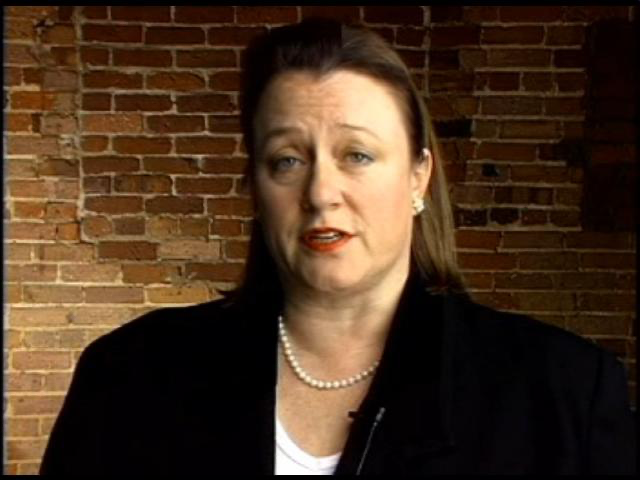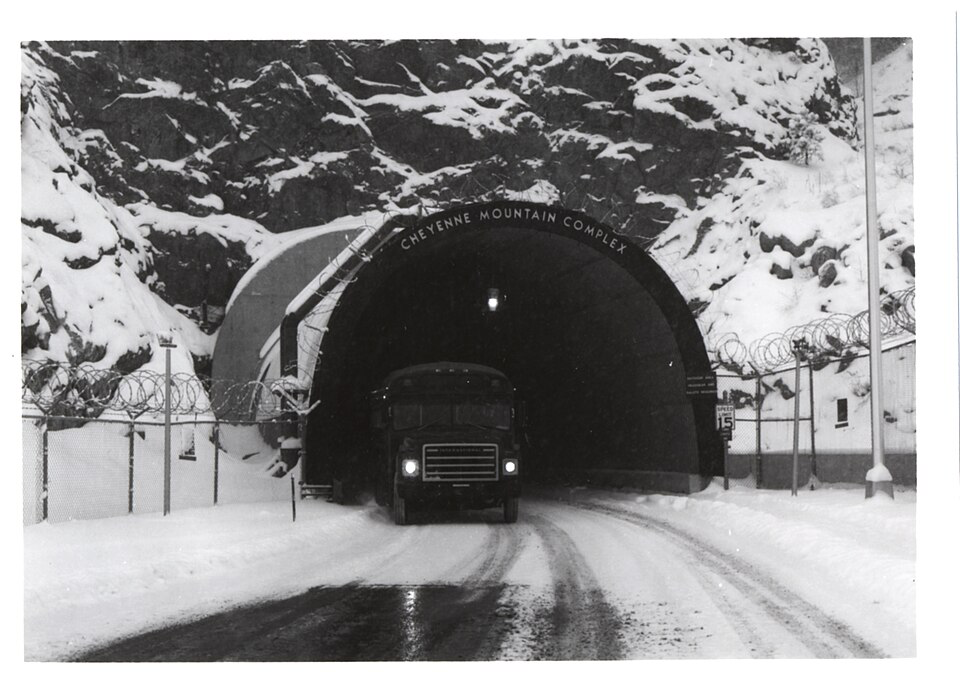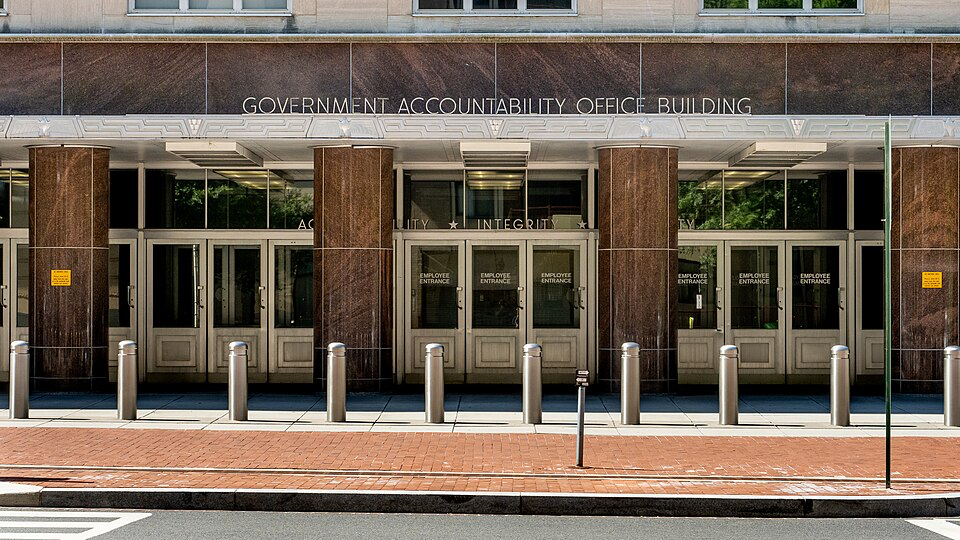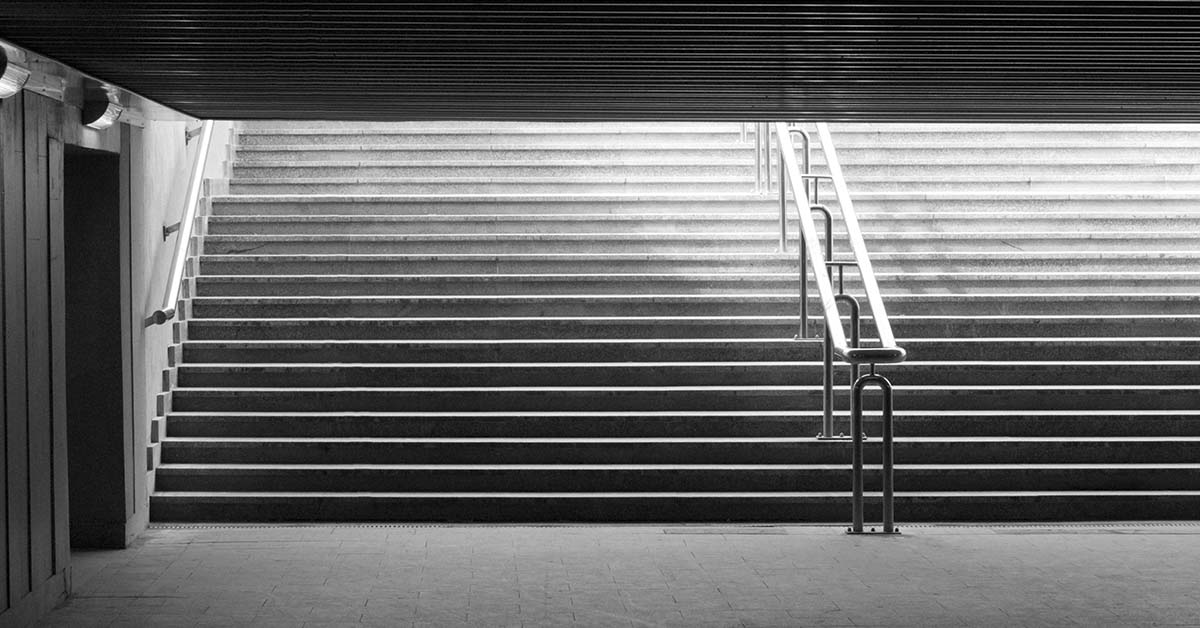Catherine Fitts, who once worked in the White House, claims the government quietly spent trillions of dollars to build a massive secret underground city beneath the United States. She claims officials hid this money from public view. These funds allegedly went toward building large underground facilities. Fitts states her insider knowledge raises serious questions about government spending practices.
Who Is Claiming a Secret Underground City Exists?

Catherine Austin Fitts worked as Assistant Secretary of Housing and Urban Development during President George H.W. Bush’s administration from 1989 to 1993. After leaving government, she started her own investment company. In recent years, she has become known for making claims about government financial wrongdoing and conspiracy theories.
Fitts first started talking about these underground facilities in interviews and online articles beginning in 2020. Experts who study government finances acknowledge Fitts’ real government experience. However, they note her claims have grown more extreme over time. No other former officials or investigative reporters have been able to confirm her stories about a subterranean government installation
Claims About a Secret Underground City Explained
Fitts says government officials created special money systems. These systems allegedly funneled huge amounts of federal money into hidden projects. She claims these underground facilities serve many purposes: emergency shelters for officials, advanced technology research labs, and more. All of these are allegedly hidden from Congress and the public.
It’s important to understand that no reliable sources have confirmed these extraordinary claims. While Fitts provides detailed stories about the alleged underground city, she doesn’t offer solid evidence to back them up.
Real Underground Facilities vs. Claimed Underground Community
Fitts’ claims about a secret underground city remain unproven. However, real underground military facilities do exist in the United States. These serve important national security purposes. The actual facilities are very different from the vast secret city Fitts describes.

One known underground facility is the Cheyenne Mountain Complex in Colorado, which houses parts of the North American Aerospace Defense Command (NORAD). This facility was “built to withstand a 30 megaton nuclear explosion within 1.2 miles.” It can operate independently during emergencies. Other real underground facilities include Raven Rock Mountain Complex in Pennsylvania and Mount Weather Emergency Operations Center in Virginia. These sites help keep the government running during national emergencies.
The difference between these known facilities and Fitts’ alleged underground city is huge. Experts who study defense buildings acknowledge that real underground bases serve specific purposes. They point out that building a complete subterranean government installation would face enormous engineering challenges. Such a project would be impossible to keep secret.
Inside Government Spending: From Infrastructure to Secret Underground Cities
The U.S. government does have classified “black budget” spending for national security programs. However, these secret expenses still have oversight within the government.

According to the Government Accountability Office (GAO), multiple layers of review and auditing track federal spending. While agencies do have financial management challenges, the amount of unaccounted funds is nowhere near the trillions Fitts claims.
Experts explain that classification limits public knowledge of certain funds. Yet it would be practically impossible to hide spending on the scale Fitts suggests. “The federal government audits financial statements every year, and while the GAO does find reporting problems each year, the idea that trillions could disappear without any trace in these audits is not believable,” says one financial oversight specialist. No proven evidence supports Fitts’ claim that the government diverted trillions of dollars to build a hidden underground complex. Hiding such massive money movements would require coordination across many agencies and branches of government at an unprecedented scale.
Expert Analysis of Secret Underground City Claims
National security analysts and investigative journalists who specialize in government oversight strongly doubt Fitts’ claims. They point to practical problems that would make such a massive secret project nearly impossible to hide. Building an underground facility as large as Fitts describes would require thousands of workers. It would need huge amounts of materials. Extensive transportation would also be necessary. Satellites, local communities, or reporters would likely notice such activity.
“Claims this big need equally big evidence,” says a researcher who studies government transparency. “While we should be concerned about classified spending, we must think critically about extraordinary claims. The burden of proof for claims about secret underground city projects funded by trillions in diverted money falls on those making such claims.” Experts also note that whistleblower protections exist specifically to help people with legitimate information about government wrongdoing come forward through proper channels that can evaluate their claims.
Looking at the Facts
When examining claims about a secret underground city, it’s important to separate proven facts from unverified claims. The difference between known underground military installations and Fitts’ description of vast covert underground structures shows why evidence-based evaluation matters.
Public interest in government transparency is both understandable and essential for democracy. However, responsible citizens must critically assess extraordinary claims, especially when they lack support from independent and reliable sources. The idea of a undercover underground city, while fascinating to imagine, remains unproven. As with all such claims, remember that extraordinary claims require extraordinary evidence.

